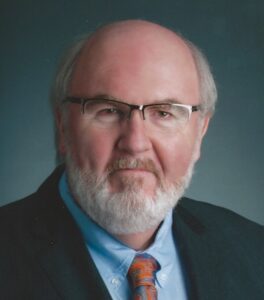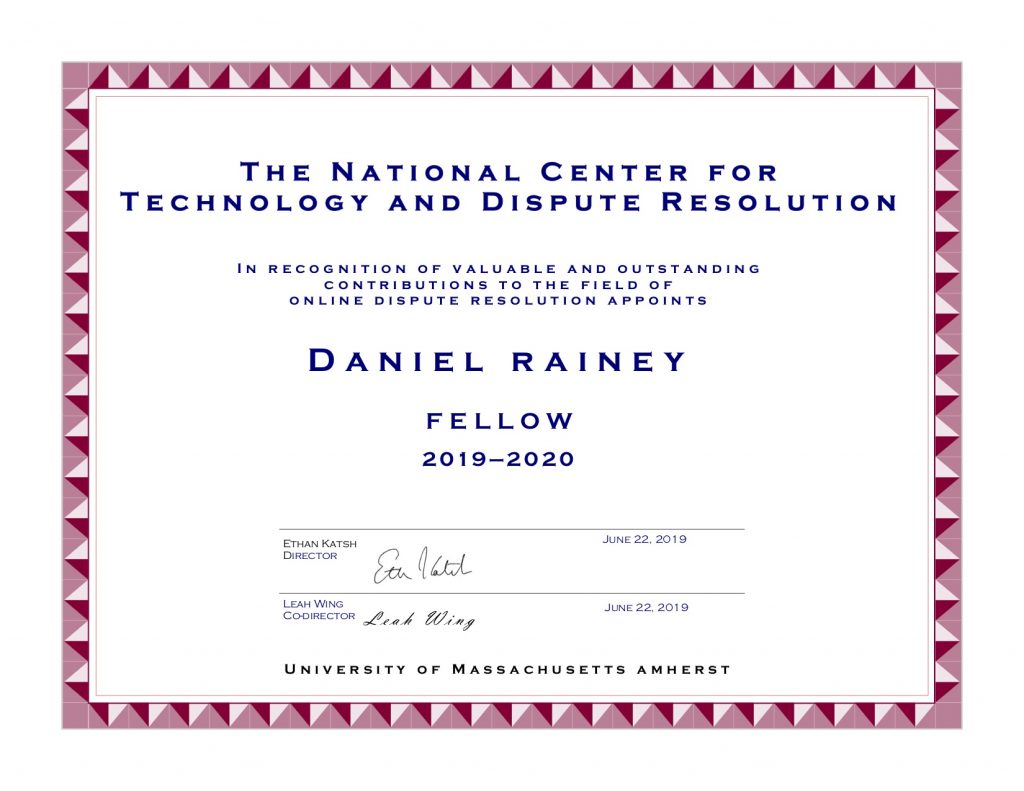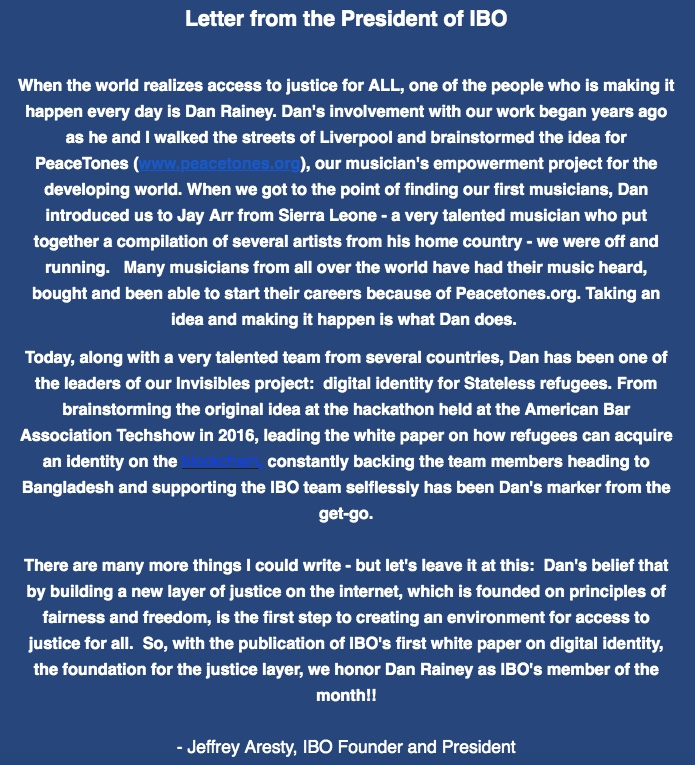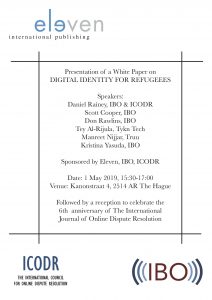Whom Should We Fear?, Part II
My comments about violence and who commits it have been responded to by some as though I were directly attacking Trump (whom I did not mention), and as though I were suggesting that only one group is responsible for mass violence. Let me come at it from another angle.
Much of our public discourse is ugly. Much of our public discourse is hate-filled. Much of our public discourse is aimed at creating fear of immigrants and illegal immigrants. Any one who would argue that any of these statements are incorrect has not been paying attention to the nasty back and forth dominant in the media and on the Internet for the past few years.
My main point was that being fearful of immigrants and illegal immigrants is less rational than being fearful of other groups. The Cato Institute, which could never be accused of being a liberal think tank, reports, “Since 1911, large nationwide federal immigration commissions have asked whether immigrants are more crime-prone than native-born Americans and each one of them answered no . . . .” Measuring the propensity of illegal immigrants to engage in violent behavior is much harder, but the research does indicate that violent crime among illegal immigrants is markedly lower than the violent crime rate among native-born Americans. Does this mean that immigrants and illegal immigrants do not commit crime? No, of course not. And it does not mean that one should feel any better about being a victim of immigrant violence just because it is statistically less likely to happen than it is to be a victim of non-immigrant violence. It does mean that the hate-filled, jingoistic, de-humanizing vitriol aimed at immigrants is just flat wrong on a factual basis, and is just flat un-Christian and immoral on a spiritual basis.









